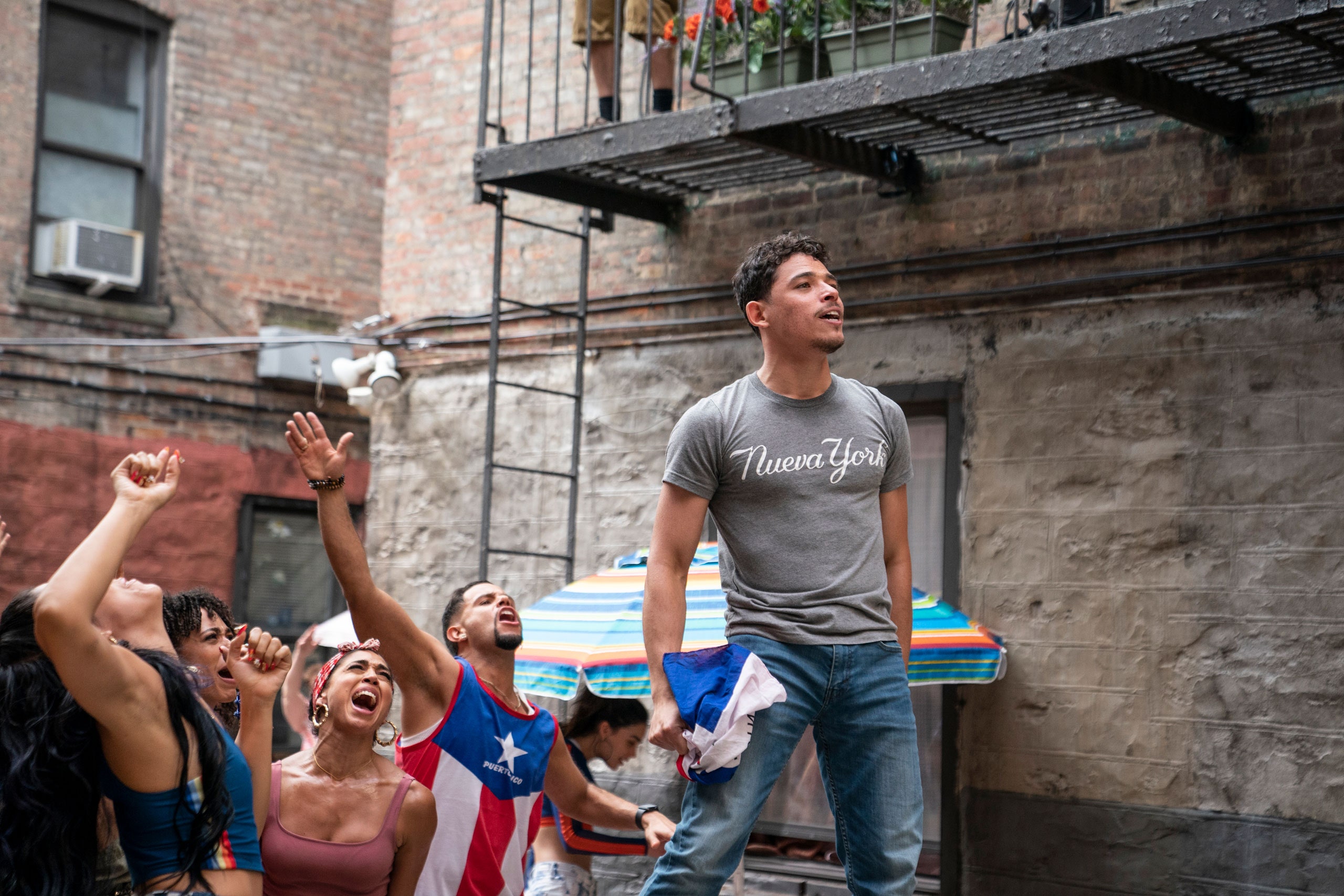Every year, every movie cycle, every new television season, Hollywood faces criticism for its lack of racial diversity. Not a major, or much-anticipated premiere of a reboot or adaptation goes by without producers, directors and even cast members facing backlash for these representational shortcomings. What we often overlook at times, though simultaneously occurring, is the exclusion of dark-skinned representation and imagery, even when people of colour are the leaders in productions. “Across cultures, darker people suffer the most, why?” Though trite, banal and even cliché, this single question conceptualises everything I’ve — and maybe we’ve — all observed and questioned throughout our lives and throughout all of Hollywood’s exhausting repetition. I’m here to tell you that this has happened again, this time with In the Heights, a big-budget film based on the musical created by Lin-Manuel Miranda and the book by Quiara Alegría Hudes. The story is set over the course of three days, involving characters in the largely Dominican neighbourhood of Washington Heights in Upper Manhattan, New York City. In the Heights has been called out for its lack of dark-skinned, Black Latinos in leading roles. “In trying to paint a mosaic of this community, we fell short,” Miranda said, a couple of days after the movie opened at the box office. “I can hear the hurt and frustration, of feeling still unseen in the feedback,” Miranda continued. “I hear that without sufficient dark-skinned Afro-Latino representation, the work feels extractive of the community we wanted so much to represent with pride and joy”. Instead of releasing thank you notes and accepting congratulations at this time, Miranda released an apology — futile in my opinion — but much needed nonetheless.


Colourism — a form of discrimination, systemically against dark-skinned people, based on skin tone — runs deep among a large group of communities, regardless of ethnicity and racial makeup. We don’t talk about how much dark-skinned people suffer in communities where people of colour are the majority as much as we should, and this pattern is only a setback in the efforts to bring racial justice into all aspects of our lives. It’s almost like a starring contest amongst each other, looking at each other straight in the eyes, trying to keep everything together but never acknowledging how much pain and violence we unfairly, consciously or unconsciously perpetuate towards one another. As strategy director, Jasmine Haywood writes for Vox,
I was only about 10 minutes into watching the film when I, an Afro-Puerto Rican from New York state who has spent time in Washington Heights, immediately realised the racial composition of the light-skinned and white-passing Latinx cast was not reflective of what you see walking through that neighbourhood. Washington Heights is historically a Dominican neighbourhood and arguably the most prominent Dominican community in the US; nearly half of the residents in Washington Heights identify as Dominican. That coupled with the fact that Black Latinx identification is most prevalent among Dominicans in comparison to other Latinx subgroups makes this fallacy of Latinx representation even more baffling. Afro-Latinos are central to all that is vibrant in Washington Heights; the most cherished aspects of Dominican food and music are a product of the African diaspora.

Unfortunately, colourism is a global concern that transcends the short-sighted casting choices of the producers of In the Heights. In fact, this is not the first time that director, Jon Chu, has been called out for colourism in his films. When asked about the absence of dark-skinned Afro Latino representation on In the Heights, Chu, in an interview with journalist Felice León said, “That was something that we talked about and that I needed to be educated about,” Chu acknowledged. “In the end, when we were looking at the cast, we tried to get the people who were best for those roles.” These sentiments were echoed by cast member Melissa Barrera as well. Barrera spoke with The Root and a couple of her fellow cast members in a group interview and stated that the audition process included “a lot of Afro-Latinos”, which then brings into question why none of “the right people for the roles” — as per her and Cho’s observations — were dark-skinned. Afro-Latino and Black actors were mainly cast as background characters or extras. For decades, Black actors have been used as an extension and ‘background’ for white Hollywood stories. For example, we’ve often observed and criticised the ‘white saviour’ complex, as seen in staple literature such as To Kill a Mockingbird or modern films such as The Help. In this narrative, racism is framed as an educational experience for white people, a moment of learning if you will, and although Hollywood is diversifying, that prejudiced casting model continues to overlap and persist, with light-skinned actors being cast more often than dark-skinned actors.
A study conducted in 2019 and published in 2021 found that only 19% of Black women who have played a leading role in the past decade of Hollywood have dark skin. This approach ultimately perpetuates a white privileged way of looking at the spectrum of discrimination and proves the intersectionality between race and colourism. This is all to say that In the Heights is all but a symptom and a singular denominator in the equation. It is a reminder that when resources are unfairly scarce and there is little representation available for marginalised groups, the stakes for everyone who might be affected by that representation become very high. In the Heights has received praise for its well-intentioned depiction of the Latinx diaspora and experience, however, how powerful is that when a great injustice — with severe consequences has occurred?




















































